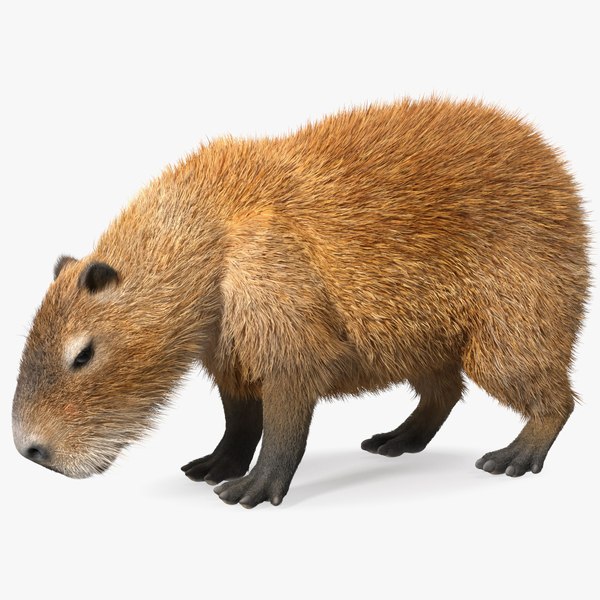Capybara Connections: The Role of These Rodents in Ecotourism
Nestled within the lush landscapes of South America, a fascinating creature has captured the hearts of many ecotourists – the capybara. With their endearing appearance and gentle demeanor, these semi-aquatic rodents have become an unexpected star of the ecotourism industry. As travelers seek out unique wildlife encounters, capybaras offer a captivating glimpse into the intricate web of interconnectedness that exists in our natural world.

Capybaras, the largest rodents on Earth, are native to the wetlands and rainforests of South America. Their presence is particularly prominent in countries such as Brazil, Argentina, and Paraguay, where they are celebrated as national symbols of wildlife conservation. These charismatic creatures play a vital role in sustaining the delicate balance of their ecosystems, making them a perfect ambassador for ecotourism.
One of the most remarkable aspects of capybaras is their ability to foster connections between diverse species. These sociable animals are often seen forming symbiotic relationships with birds, who perch on their backs to pick off parasites. By providing a
convenient and safe perch, the capybara benefits from the removal of unwanted pests, while the birds enjoy a free meal. This mutually beneficial relationship not only demonstrates the intricacies of nature but also offers ecotourists a unique opportunity to witness this phenomenon up close.
The
poem - Capybara's Serenity impact on its environment extends beyond their interactions with other animals. Their grazing habits help shape the vegetation in their habitat, promoting the growth of diverse plant species. Through their consumption of aquatic plants, capybaras prevent overgrowth that could lead to the degradation of wetlands. This essential role in maintaining the equilibrium of their surroundings makes them indispensable players in the intricate dance of ecological harmony.
For ecotourists, encountering capybaras in their natural habitat provides a chance to witness the interconnectedness of the animal kingdom firsthand. Guided tours and eco-lodges offer visitors the opportunity to observe these fascinating creatures, often in the company of knowledgeable local guides who provide insight into their behaviors and conservation efforts. As tourists become more aware of the importance of sustainable tourism, capybara-centric ecotourism experiences have gained popularity as a responsible way to support conservation efforts while enjoying a memorable wildlife encounter.
Capybaras have also become the focus of scientific studies and research initiatives, further highlighting their significance in ecological conservation. By
studying their behaviors, scientists gain insights into the intricate dynamics of wetland ecosystems and the impacts of climate change. As a result, these findings contribute to the development of more effective conservation strategies and policies.
The rise of capybara ecotourism not only generates income for local communities but also raises awareness about the importance of protecting these unique creatures and their habitats. Revenue generated from tourism activities can be reinvested in conservation projects, supporting initiatives such as habitat restoration, anti-poaching efforts, and education programs. By valuing capybaras as key ecological players, ecotourism helps create a sustainable future for both wildlife and local communities.
In conclusion, capybaras have emerged as unlikely ambassadors for ecotourism, captivating the hearts of nature enthusiasts around the world. Through their symbiotic relationships, grazing habits, and role in scientific research, these gentle giants showcase the interconnectedness of our natural world. As we embark on ecotourism adventures, let us recognize the vital role capybaras play in sustaining our planet's biodiversity and work towards protecting these remarkable creatures and their habitats for generations to come.